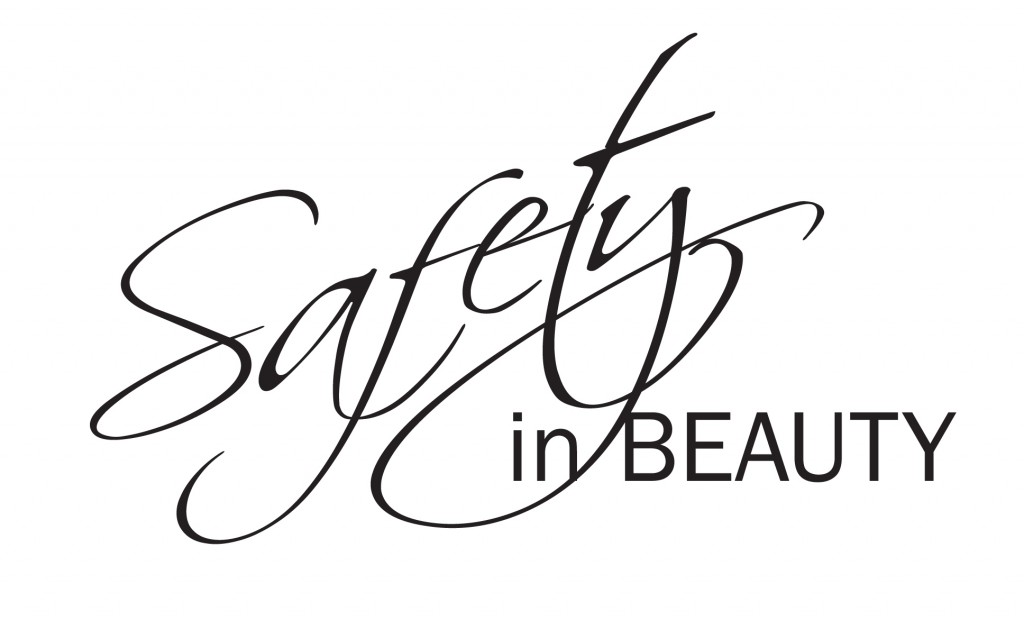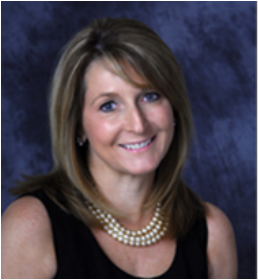The Implications Of New Government Qualification Standards For Advanced Beauty Therapists And Medical Aesthetic Practitioners
It has been almost three years since Sir Bruce Keogh published The Keogh Review and promised a new dawn in better regualtion and much needed improvement to the cosmetic interventions industry. Whilst the industry has been proactive at raising awareness, much work is still needed to bring the beauty and aesthetics industry to a level where transparency and safety are at a suitable standard.
On January 8th 2016 the Department of Health published the Health Education England Report outlining a new framework of qualifications from Levels 4 – 7 relevant to all medical aesthetic practitioners and advanced beauty therapists working, or looking to work, in the clinical skin care industry. While the recommendations of this publication represent an element of change, which is always disconcerting, it is significant to emphasise its importance. Not only does it seek to assure client safety but equally it should be regarded as being vital to the future status and reputation of the medispa sector as a whole.
The date given by the government by which all aesthetic practitioners and therapists need to gain these qualifications: 2018
Who compiled the report and its recommendations?
The new qualification framework is not a notional document written by a government minister. It is an industry driven report based on consultations with an Expert Reference Group and Advisory Groups drawn from all levels of aesthetic industry professionals, regulatory bodies and related health professions. The full list of all contributors can be found within the report.
Training courses provided by product or equipment suppliers alone are no longer enough
The HEE is very clear that supplier driven training is no longer adequate as the principle training vehicle. Much product or equipment training is excellent but standards are not consistent, courses are not properly structured or assessed and trainers are not always qualified teachers, assessors or clinicians. The curriculum development and training delivery for an accredited qualification is an entirely more rigorous and robust programme of learning
Which treatments are covered in the HEE Report?
The principle treatment genres covered in the HEE report are grouped as follows:
- Laser, IPL and LED
- Chemical Peeling and other modalities of Skin Rejuvenation treatment including microneedling and mesotherapy
- Botulinum Toxin
- Dermal Fillers
- Hair Restoration Surgery
The Qualification Framework – Levels 4 – 7
The different levels learning were originally defined by the Qualification Curriculum framework or QCF, which was an affiliated body to OFQUAL. The levels reflect an upward sliding scale in the advancement of the complexity and depth of the knowledge or skill being learned, the teaching and learning styles employed and modalities of assessment.
Is there something to compare these levels to?
Yes see the examples below:
Level 4 – First year foundation degree
Level 5 – Second year foundation degree
Level 6 – Graduate level / third year degree
Level 7 – Post graduate level Eg Medical degree / nursing degree
Are these qualifications only going to be available through a university?
No. HEE is very specific in saying that all levels of the qualifications may be completed with any accredited training provider – eg. university, college of higher education or private provider. However, the courses must be accredited by an OFQUAL recognised awarding body or university and taught and assessed by appropriately qualified educators, assessors and clinicians.
What are the entry requirements to complete these qualifications?
HEE have set clear access pathways to enable individuals from various backgrounds to enter the aesthetic profession . These are the principle entry qualifications for entry at Level 4:
- 5 GCSEs at grade A – C including Maths, English and a Science
PLUS one of the following
- One A’ Level or equivalent + an Access / Foundation course
- Level 3 Beauty Therapy or equivalent
- Level 2 Beauty Therapy + Access / Foundation Course
- Level 3 in a Health Specialism + Access / Foundation Course
- Proof of Ability to study at Level 4 + Access / Foundation Course
- Accreditation of prior learning and experience + Access / Foundation Course
Which treatments will therapists and aesthetic practitioners need to become qualified in and to what level?
The following chart outlines which treatment procedures a therapist or aesthetic practitioner will be able to provide at each level:


Can previous training be accredited or recognised?
Yes. The Accreditation of Prior Learning (APL) and the Recognition of Prior Learning (RPL) are standards practices in education. Individual consultation and assessment will be required to ascertain the possibility of APL against the HEE framework.
If these are recommendations, and not yet law, why should anyone take any notice?
The HEE report is indeed based on recommended government standards – no legislation has yet been passed. The Department of Health has however recognised and endorsed the call for such legislation:
““Throughout our meetings, discussions and correspondence with stakeholders from all groups, professions and experts, the call has been for a new legislative framework. Taken together, our recommendations provide that framework for both surgical and non-surgical interventions.”
We can only, at present, speculate as to when or if the HEE qualification framework will become law but it is clear that the government has provided us with a buffer zone in which to get our act together. To reinforce the need to take this seriously, further pressure on individuals to become formally qualified will come from industry self regulation and greater consumer awareness requiring all practitioners and business owners to comply.
So how will all of this affect beauty and aesthetic professionals?
For all individualprofessionals, clinic owners, educators or trainers these new standards are going to affect career prospects or future business development. In terms of job opportunities, the demand for higher level qualifications is inevitably going to be a pre-requisite moving forwards and, equally, once clinic owners begin to advertise that they only employ higher qualified personnel, all businesses will be under pressure to give their clients the same assurance.
In Summary
The publication of the HEE report represents a positive way forward for our industry and for medical aesthetic practitioners and beauty therapists around the UK who work ethically, knowledgably and skillfully and who wish to be fully valued and respected for the high quality services they provide. While we will no doubt never get rid of the ‘cowboys’ and ‘bargain basement’ mentality of some individuals, we can at least separate ourselves from their poor reputation and establish a higher echelon of professionalism that the public, and our peers in the aesthetics sector, will recognise.
INFORMATION SOURCES
To view the full HEE Reports Part One and Two
https://hee.nhs.uk/news-events/news/new-qualifications-unveiled-improve-safety-non-surgical-cosmetic-procedures
With kind thanks to guest writer: Sally Durant
For further information and individual advice
Make an appointment to speak to one of Sally Durant’s team for advice on your specific situation, by calling 01527 919880 or emailing her at enquiries@sallydurant.com

